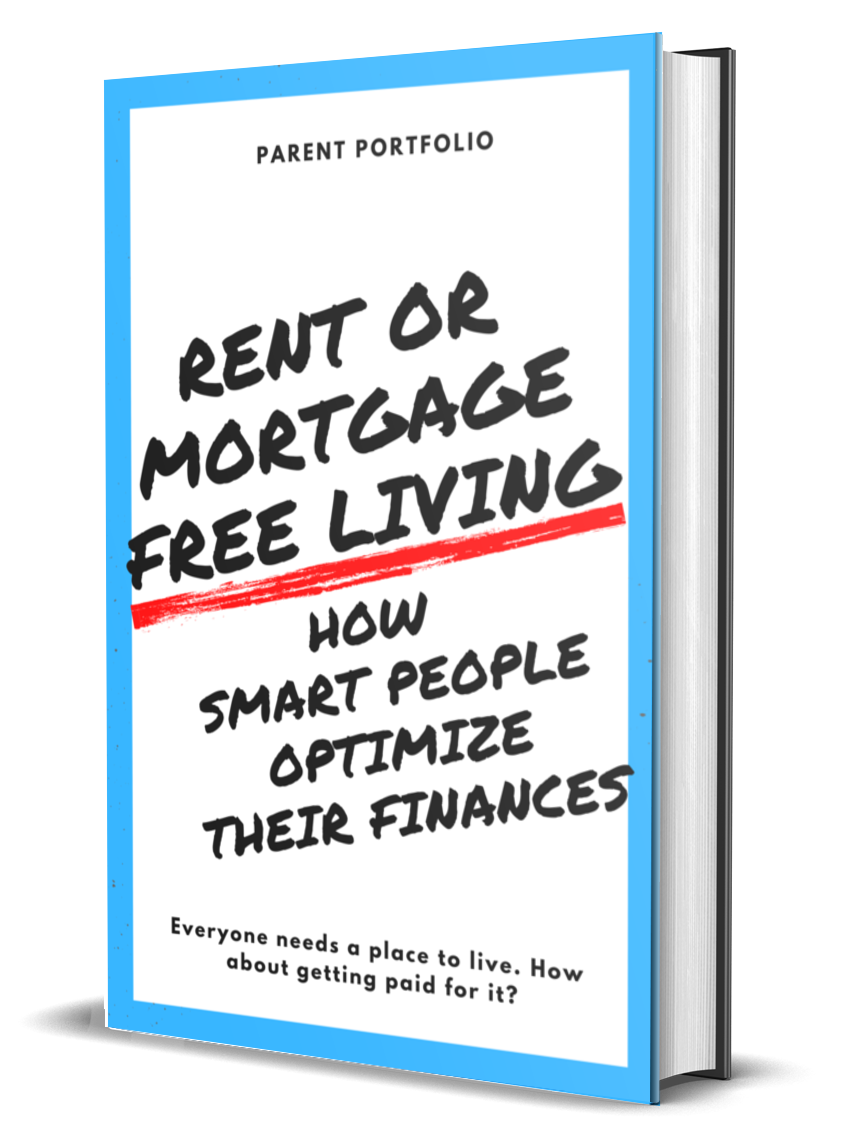Guide to Cash Balance Pension Plans

A cash balance pension plan is a defined benefit plan that offers employees a stated amount at retirement. The amount of money an employee receives can be determined by their years of service with the company and their salary. Employers may offer a cash balance retirement plan alongside a 401(k) or in place of one.
If you have a cash balance plan at work, it’s important to know how to make the most of it when preparing for retirement. Read on to learn more about what a cash balance pension plan is and their pros and cons.
What Are Cash Balance Pension Plans?
A cash balance retirement plan is a defined benefit plan that incorporates certain features of defined contribution plans. Defined benefit plans offer employees a certain amount of money in retirement, based on the number of years they work for a particular employer and their highest earnings. Defined contribution plans, on the other hand, offer a benefit that’s based on employee contributions and employer matching contributions, if those are offered.
In a cash balance plan, the benefit amount is determined based on a formula that uses pay and interest credits. This is characteristic of many employer-sponsored pension plans. Once an employee retires, they can receive the benefit defined by the plan in a lump sum payment.
This lump sum can be rolled over into an individual retirement account (IRA) or another employer’s plan if the employee is changing jobs, rather than retiring. Alternatively, the plan may offer the option to receive payments as an annuity based on their account balance.
How Cash Balance Pension Plans Work
Cash balance pension plans are qualified retirement plans, meaning they’re employer-sponsored and eligible for preferential tax treatment under the Internal Revenue Code. In a typical cash balance retirement plan arrangement, each employee has an account that’s funded by contributions from the employer. There are two types of contributions:
• Pay credit: This is a set percentage of the employee’s compensation that’s paid into the account each year.
• Interest credit: This is an interest payment that’s paid out based on an underlying index rate, which may be fixed or variable.
Fluctuations in the value of a cash pension plan’s investments don’t affect the amount of benefits paid out to employees. This means that only the employer bears the investment risk.
Here’s an example of how a cash balance pension works: Say you have a cash balance retirement plan at work. Your employer offers a 5% annual pay credit. If you make $120,000 a year, this credit would be worth $6,000 a year. The plan also earns an interest credit of 5% a year, which is a fixed rate.
Your account balance would increase year over year, based on the underlying pay credits and interest credits posted to the account. The formula for calculating your balance would look like this:
Annual Benefit = (Compensation x Pay Credit) + (Account Balance x Interest Credit)
Now, say your beginning account balance is $100,000. Here’s how much you’d have if you apply this formula:
($120,000 x 0.05) + ($100,000 x 1.05) = $111,000
Cash balance plans are designed to provide a guaranteed source of income in retirement, either as a lump sum or annuity payments. The balance that you’re eligible to receive from one of these plans is determined by the number of years you work, your wages, the pay credit, and the interest credit.
Cash Balance Plan vs 401k
Cash balance plans and 401k plans offer two different retirement plan options. It’s possible to have both of these plans through your employer or only one.
In terms of how they’re described, a cash balance pension is a defined benefit plan while a 401k plan is a defined contribution plan. Here’s an overview of how they compare:
| Cash Balance Plan | 401k | |
|---|---|---|
| Funded By | Employer contributions | Employee contributions (employer matching contributions are optional) |
| Investment Options | Employers choose plan investments and shoulder all of the risk | Employees can select their own investments, based on what’s offered by the plan, and shoulder all of the risk |
| Returns | Account balance at retirement is determined by years of service, earnings, pay credit, and interest credit | Account balance at retirement is determined by contribution amounts and investment returns on those contributions |
| Distributions | Cash balance plans must offer employees the option of receiving a lifetime annuity; can also be a lump sum distribution | Qualified withdrawals may begin at age 59 ½; plans may offer in-service loans and/or hardship withdrawals |
Pros & Cons of Cash Balance Pension Plans
A cash balance retirement plan can offer both advantages and disadvantages when planning your retirement strategy. If you have one of these plans available at work, you may be wondering whether it’s worth it in terms of the income you may be able to enjoy once you retire.
Here’s more on the pros and cons associated with cash balance pension plans to consider when you’re choosing a retirement plan.
Pros of Cash Balance Pension Plans
A cash balance plan can offer some advantages to retirement savers, starting with a guaranteed benefit. The amount of money you can get from a cash balance pension isn’t dependent on market returns, so there’s little risk to you in terms of incurring losses. As long as you’re still working for your employer and earning wages, you’ll continue getting pay credits and interest credits toward your balance.
From a tax perspective, employers may appreciate the tax-deductible nature of cash balance plan contributions. As the employee, you’ll pay taxes on distributions but tax is deferred until you withdraw money from the plan.
As for contribution limits, cash balance plans allow for higher limits compared to a 401k or a similar plan. For 2022, the maximum annual benefit allowed for one of these plans is $245,000.
When you’re ready to retire, you can choose from a lump sum payment or a lifetime annuity. A lifetime annuity may be preferable if you’re looking to get guaranteed income for the entirety of your retirement. You also have some reassurance that you’ll get your money, as cash balance pension plans are guaranteed by the Pension Benefit Guaranty Corporation (PBGC). A 401k plan, on the other hand, is not.
Cons of Cash Balance Pension Plans
Cash balance pension plans do have a few drawbacks to keep in mind. For one, the rate of return may not be as high as what you could get by investing in a 401k. Again, however, you’re not assuming any risk with a cash balance plan so there’s a certain trade-off you’re making.
It’s also important to consider accessibility, taxation, and fees when it comes to cash balance pension plans. If you need to borrow money in a pinch, for example, you may be able to take a loan from your 401k or qualify for a hardship withdrawal. Those options aren’t available with a cash balance plan. And again, any money you take from a cash balance plan would be considered part of your taxable income for retirement.
| Pros | Cons |
|---|---|
| • Guaranteed benefits with no risk• Tax-deferred growth• Flexible distribution options• Higher contribution limits• Guaranteed by the PBGC | • Investing in a 401k may generate higher returns• No option for loans or hardship withdrawals• Distributions are taxable |
Investing for Retirement With SoFi
A cash balance retirement plan is one way to invest for retirement. It can offer a stated amount at retirement that’s based on your earnings and years of service. You can opt to receive the funds as either a lump sum or an annuity. Your employer may offer these plans alongside a 401k or in place of one, and there are pros and cons to each option to weigh.
If you don’t have access to either one at work, you can still start saving for retirement with an IRA. You can set aside money on a tax-advantaged basis and grow wealth for the long-term. If you’re ready to open an IRA, compare your retirement account options with SoFi today.
FAQ
Is a cash balance plan worth it?
A cash balance plan can be a nice addition to your retirement strategy if you’re looking for a source of guaranteed income. Cash balance plans can amplify your savings if you’re also contributing to a 401k at work or an IRA.
Is a cash balance plan the same as a pension?
A cash balance plan is a type of defined benefit plan or pension plan, in which your benefit amount is based on your earnings and years of service. This is different from a 401k plan, in which your benefit amount is determined by how much you (and your employer) contribute and the returns on those contributions.
Can you withdraw from a cash balance plan?
You can withdraw money from a cash balance plan in a lump sum or a lifetime annuity once you retire. You also have the option to roll cash balance plan funds over to an IRA or to a new employer’s qualified plan if you change jobs.
Disclosures:
SoFi Invest®
The information provided is not meant to provide investment or financial advice. Investment decisions should be based on an individual’s specific financial needs, goals and risk profile. SoFi can’t guarantee future financial performance. Advisory services offered through SoFi Wealth, LLC. SoFi Securities, LLC, member FINRA / SIPC . SoFi Invest refers to the three investment and trading platforms operated by Social Finance, Inc. and its affiliates (described below). Individual customer accounts may be subject to the terms applicable to one or more of the platforms below.
1) Automated Investing—The Automated Investing platform is owned by SoFi Wealth LLC, an SEC Registered Investment Advisor (“Sofi Wealth“). Brokerage services are provided to SoFi Wealth LLC by SoFi Securities LLC, an affiliated SEC registered broker dealer and member FINRA/SIPC, (“Sofi Securities).
2) Active Investing—The Active Investing platform is owned by SoFi Securities LLC. Clearing and custody of all securities are provided by APEX Clearing Corporation.
3) Cryptocurrency is offered by SoFi Digital Assets, LLC, a FinCEN registered Money Service Business.
For additional disclosures related to the SoFi Invest platforms described above, including state licensure of Sofi Digital Assets, LLC, please visit www.sofi.com/legal. Neither the Investment Advisor Representatives of SoFi Wealth, nor the Registered Representatives of SoFi Securities are compensated for the sale of any product or service sold through any SoFi Invest platform. Information related to lending products contained herein should not be construed as an offer or pre-qualification for any loan product offered by SoFi Lending Corp and/or its affiliates.
Tax Information: This article provides general background information only and is not intended to serve as legal or tax advice or as a substitute for legal counsel. You should consult your own attorney and/or tax advisor if you have a question requiring legal or tax advice.
SOIN0221016
This article is originally on SoFi.






